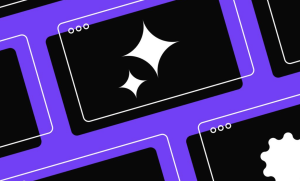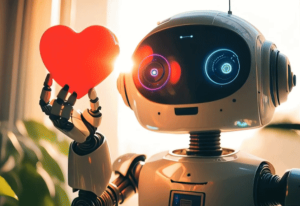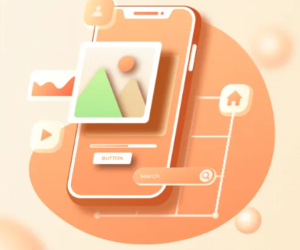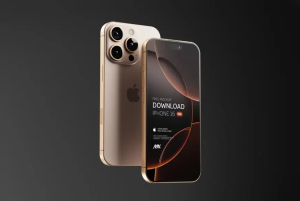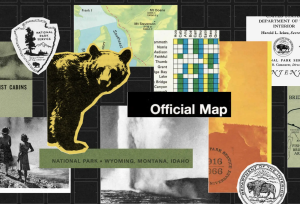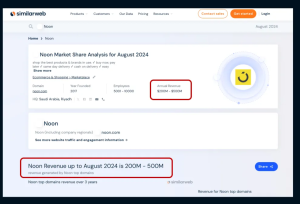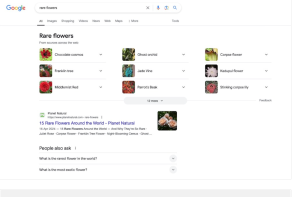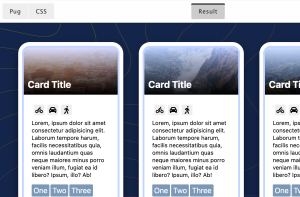7 emerging web design trends for 2024 and beyond
Web design is no longer just about creating visually appealing pages. Instead, it’s about crafting experiences that resonate, engage, and inspire. With new tech constantly emerging and a bigger spotlight on user behavior and engagement, the trends of 2024 are set to redefine how we think about digital aesthetics and functionality.

